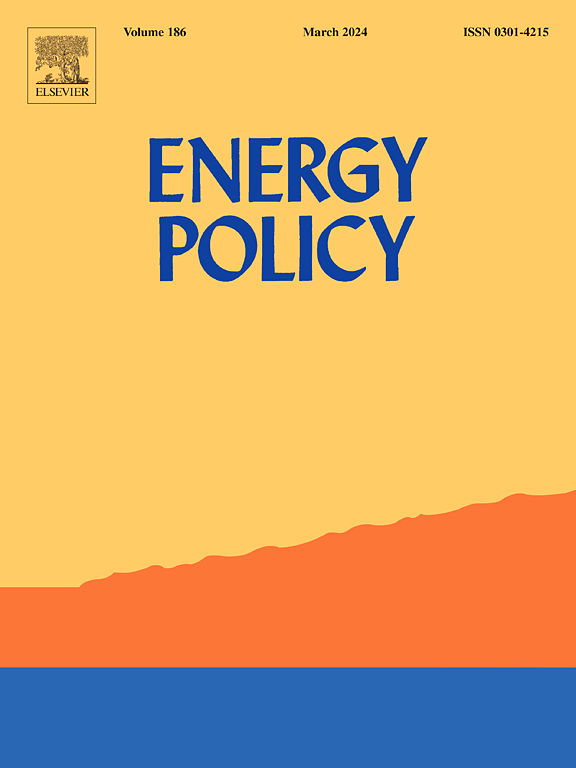The geography of energy poverty in Canada: Spatial clustering and inequalities at the municipal level
IF 9.3
2区 经济学
Q1 ECONOMICS
引用次数: 0
Abstract
Energy poverty happens when households cannot attain levels of domestic energy services required to meet their needs. Almost 20% of Canadian households face energy poverty. This study examines the geography of energy poverty in Canada, focusing on the clustering of energy poverty at the municipal level. Using data from the 2016 Canadian census, expenditure-based indicators of energy poverty were computed for 3227 municipalities across the 10 provinces. Local indicators of spatial autocorrelation were employed to identify clusters of municipalities characterized by higher levels of energy poverty. Findings reveal significant clustering of energy poverty at the municipal level across Canada, with clusters of higher energy poverty mostly observed in Ontario and the Atlantic Provinces. Municipal clusters of higher energy poverty were characterized by rural-remote location, an older population, lower socioeconomic status, and older and unaffordable housing. Close to 2 million Canadians live in municipalities categorized in a cluster of higher energy poverty. Formal recognition of energy poverty in Canada has the potential to catalyze innovative solutions and investments. Findings from this study can assist with guiding the targeting of solutions and investments, e.g., residential energy retrofits, to areas where energy poverty is most acute.
加拿大能源贫困的地理分布:市镇一级的空间集聚和不平等现象
当家庭无法获得满足其需求的家用能源服务时,就会出现能源贫困。近 20% 的加拿大家庭面临能源贫困。本研究考察了加拿大能源贫困的地理状况,重点关注市镇一级的能源贫困集群。利用 2016 年加拿大人口普查数据,计算了 10 个省 3227 个城市基于支出的能源贫困指标。利用空间自相关性的地方指标来识别能源贫困程度较高的城市群。研究结果表明,在加拿大各地的市镇一级,能源贫困有明显的集群特征,能源贫困程度较高的集群主要分布在安大略省和大西洋省份。能源贫困程度较高的城市群的特点是:地处农村偏远地区、人口年龄较大、社会经济地位较低、住房陈旧且负担不起。近 200 万加拿大人生活在能源贫困程度较高的城市群中。在加拿大,正式承认能源贫困有可能促进创新的解决方案和投资。这项研究的结果有助于指导将解决方案和投资(如住宅能源改造)投向能源贫困最严重的地区。
本文章由计算机程序翻译,如有差异,请以英文原文为准。
求助全文
约1分钟内获得全文
求助全文
来源期刊

Energy Policy
管理科学-环境科学
CiteScore
17.30
自引率
5.60%
发文量
540
审稿时长
7.9 months
期刊介绍:
Energy policy is the manner in which a given entity (often governmental) has decided to address issues of energy development including energy conversion, distribution and use as well as reduction of greenhouse gas emissions in order to contribute to climate change mitigation. The attributes of energy policy may include legislation, international treaties, incentives to investment, guidelines for energy conservation, taxation and other public policy techniques.
Energy policy is closely related to climate change policy because totalled worldwide the energy sector emits more greenhouse gas than other sectors.
 求助内容:
求助内容: 应助结果提醒方式:
应助结果提醒方式:


